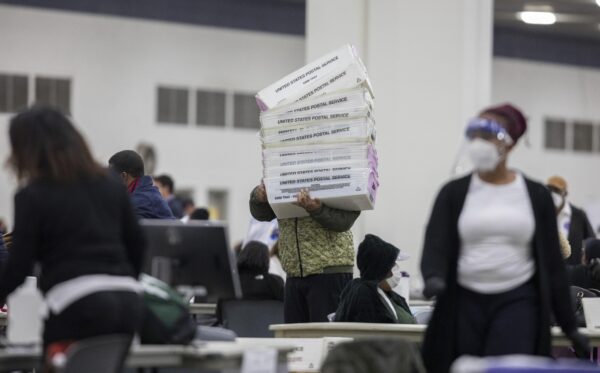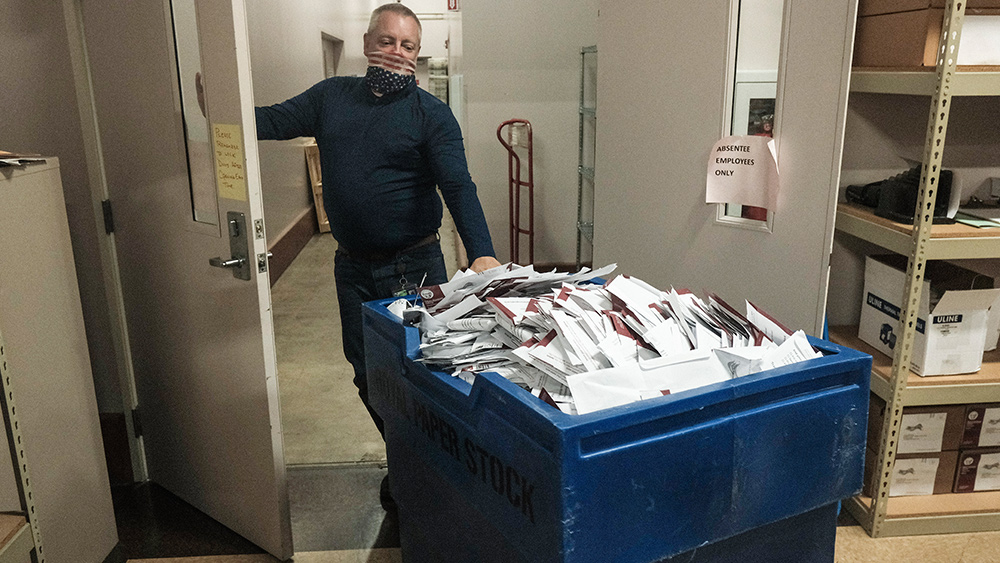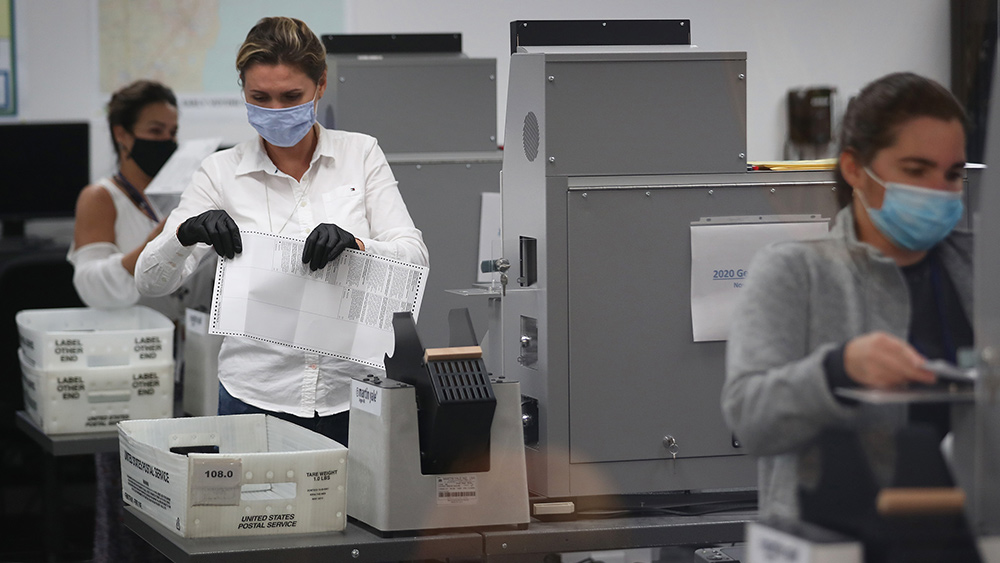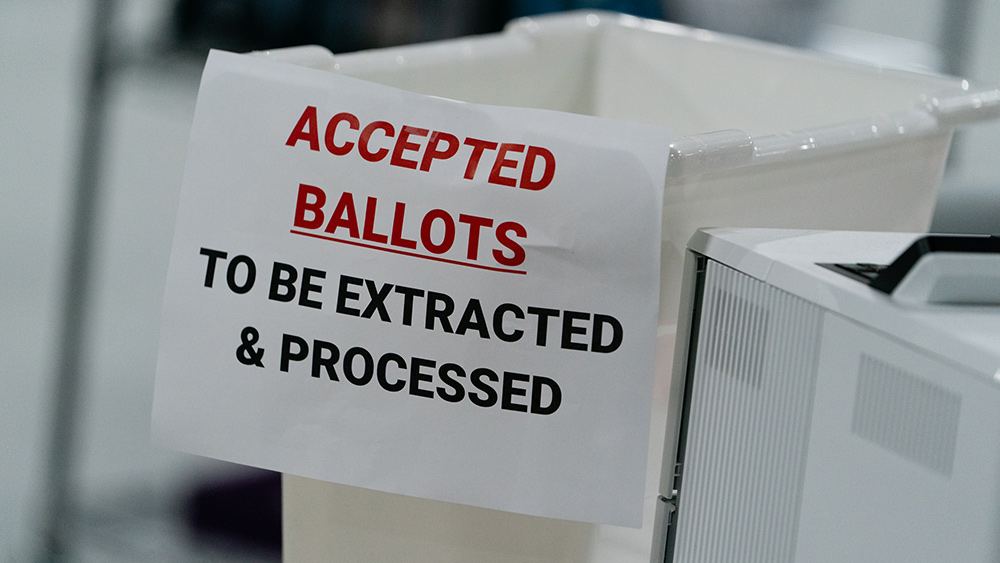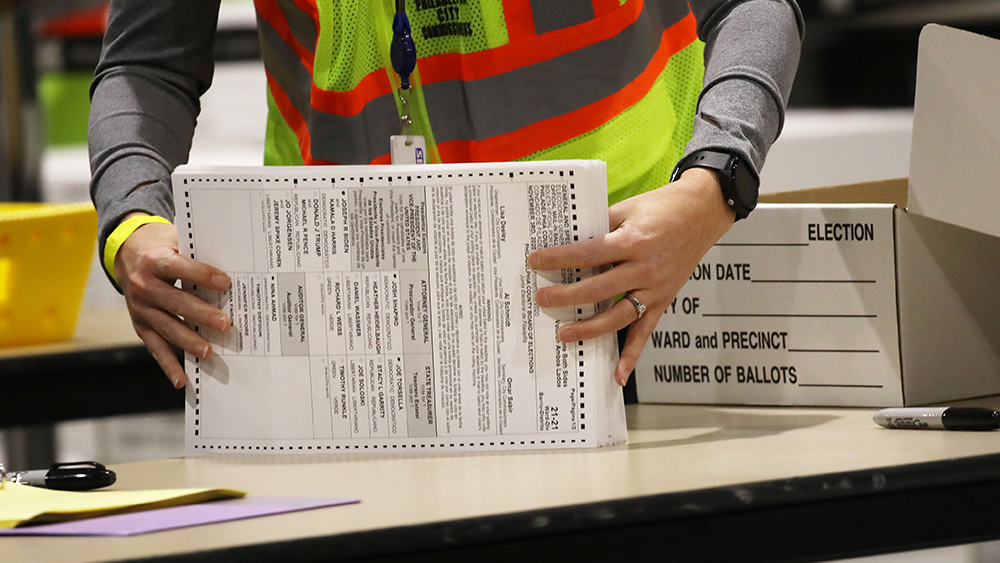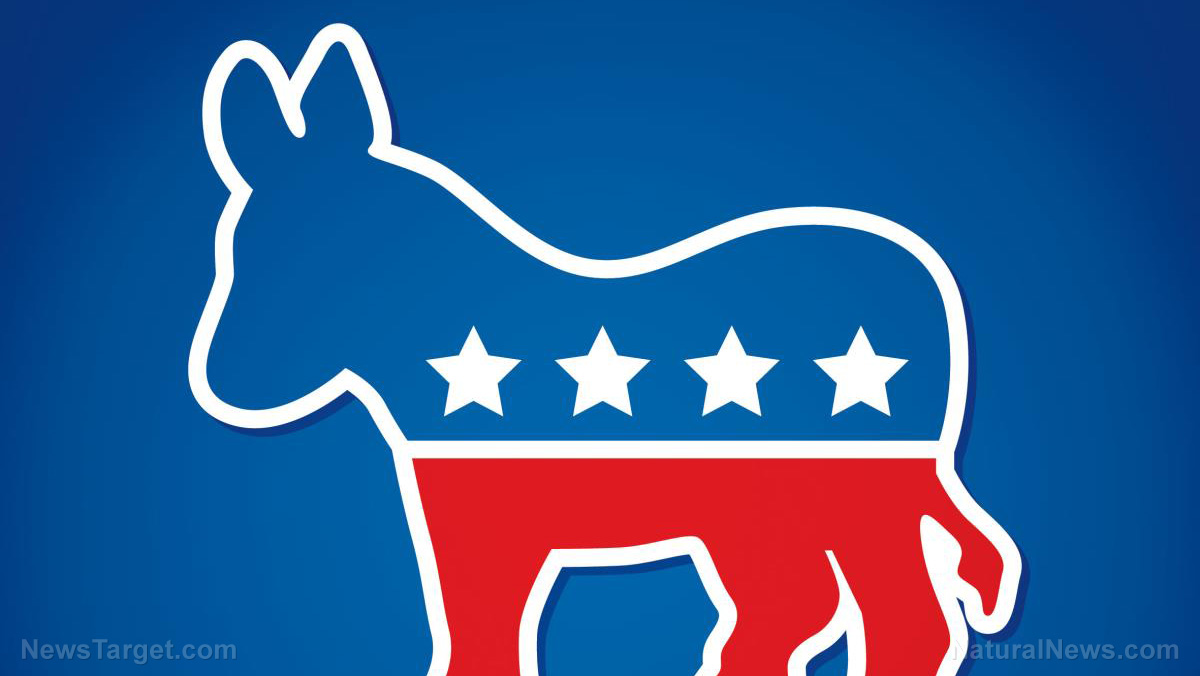America’s energy use plummets as shutdowns cause power consumption to fall
04/16/2020 / By Franz Walker

A report from the Edison Electric Institute (EEI) shows that U.S. power output in the first week of April was 64,896-gigawatt hours, 5.7 percent lower than in 2019, and the lowest that the nation has seen since 2004. The report follows the release of the Energy Information Administration‘s (EIA) new short-term energy outlook (STEO) report, which anticipates that the reductions in power generation and consumption will continue for several months as shutdown orders and other social distancing measures remain in place.
According to the STEO, the United States’ total power consumption for the year could go down by as much as three percent compared to 2019 before rising back up by only one percent in 2020. Despite this, one segment of the energy industry looks to make significant gains this year.
The commercial sector has the biggest declines, but residential consumption could still fall
The STEO projected that the commercial sector would see the greatest reductions in power consumption. Businesses in this sector, which include those involved in travel and hospitality, have suffered as more people have started staying at home, either by choice or because of stay-at-home orders. According to the report, the sector is on pace to consume 4.7 percent less power this year compared to 2019.
Industrial demand for power from factories and other manufacturing facilities has also been projected to go down as these facilities scale back production due to workers being sent home and supply chains getting disrupted. The EIA projects that energy consumption from these could drop by as much as 4.2 percent in 2020.
Interestingly enough, despite people staying at home more, the EIA predicts that residential power consumption for the year could still fall by as much as 0.8 percent. This unexpected decline could be the result of a milder winter and milder summer, meaning that less power is being used for heating and cooling.
Declines in power use vary from state to state
The reductions look much bigger when broken down by specific regions. In New York, one of the states most affected by the COVID-19 outbreak, daily power consumption has declined to 5,000 megawatts in the last week of March 2020. During the same time last year, power consumption in the state peaked at just a little over 6,000 megawatts.
Meanwhile, in Texas, the Electric Reliability Council of Texas (ERCOT), which operates the power grid for most of the state, observed that, while there has been little impact on their daily peaks, power usage between 6 a.m. and 10 a.m. has been consistently lower. This is a six to 10 percent drop compared to normal circumstances, as fewer people are getting up early to go to work.
Renewable energy output will rise despite the lowered forecasts
Even as generation and consumption continue to go down, the EIA predicts that one segment of the energy industry will still see growth — renewable energy. The STEO states that renewable energy generation will increase by 11 percent in 2020 as fossil fuel generation declines.
“EIA expects that the electric power sector will add 19.4 gigawatts of new wind capacity and 12.6 gigawatts of utility-scale solar capacity in 2020,” the agency stated in the STEO.
According to the EIA, the growth in renewable power generation is in part due to its lower operating cost compared to fossil fuels, such as coal. For the latter, the EIA expects generation from coal-fired plants to fall by as much as 20 percent, thanks in part to demand for it already being on the decline.
That said, the increased generation from renewable sources is still lower than it could have been had the pandemic not hit. The EIA clarifies that that “these annual wind and solar capacity additions are 5% and 10% lower, respectively, than expected in the previous STEO.”
Sources include:
Submit a correction >>
Tagged Under:
coal energy, Collapse, coronavirus, covid-19, economic activity, Edison Electric Institute, electricity, energy, energy consumption, Energy Information Administration, flu, infections, outbreak, pandemic, power, power grid, renewable energy, superbugs, virus
This article may contain statements that reflect the opinion of the author
RECENT NEWS & ARTICLES
Trump.News is a fact-based public education website published by Trump News Features, LLC.
All content copyright © 2018 by Trump News Features, LLC.
Contact Us with Tips or Corrections
All trademarks, registered trademarks and servicemarks mentioned on this site are the property of their respective owners.





